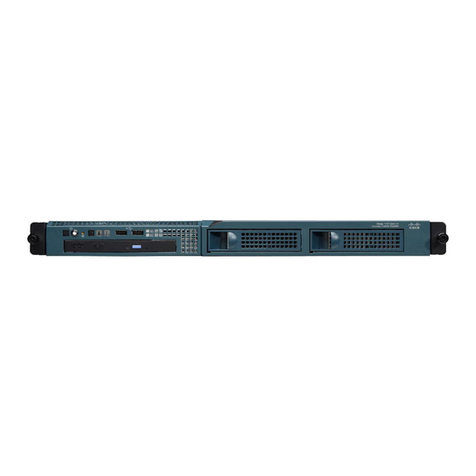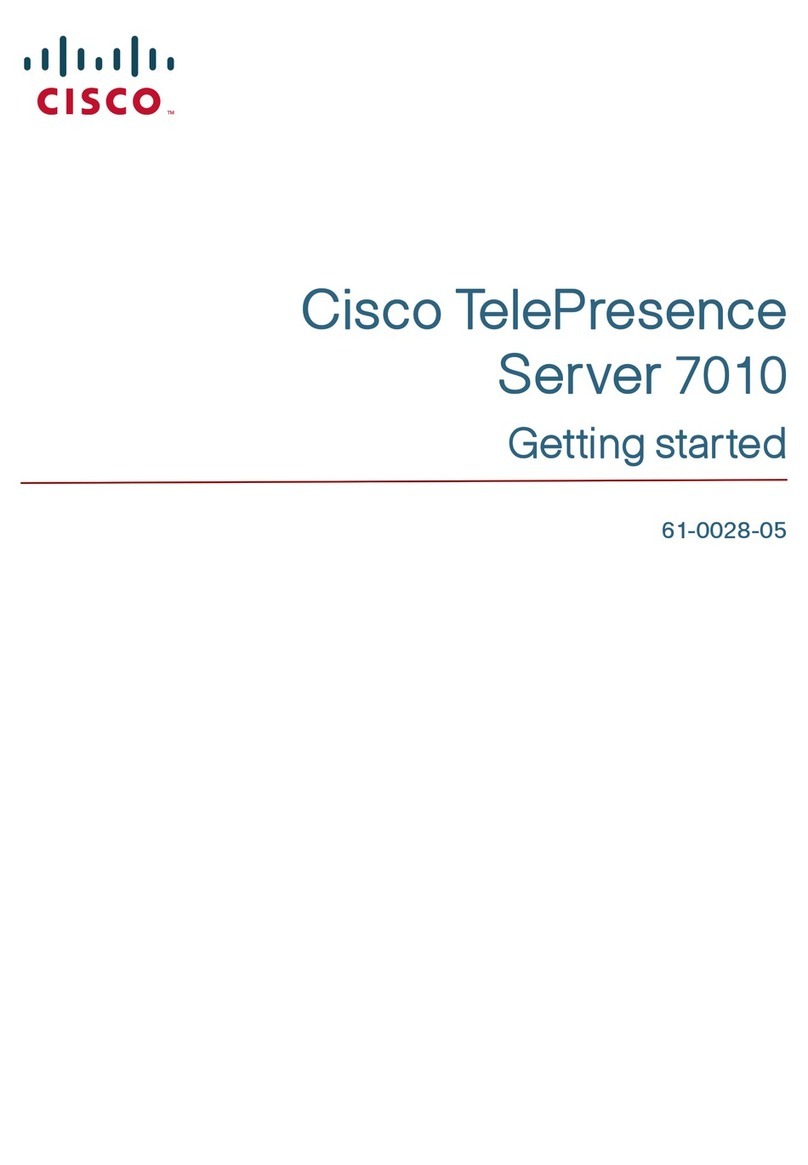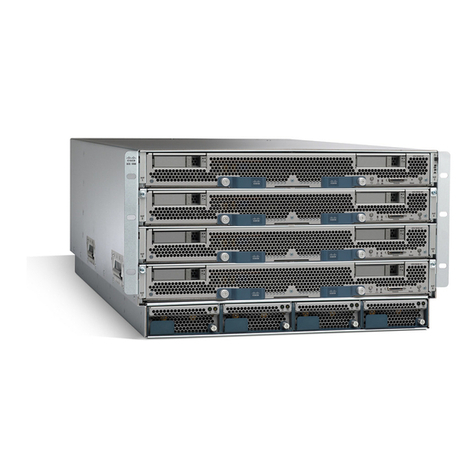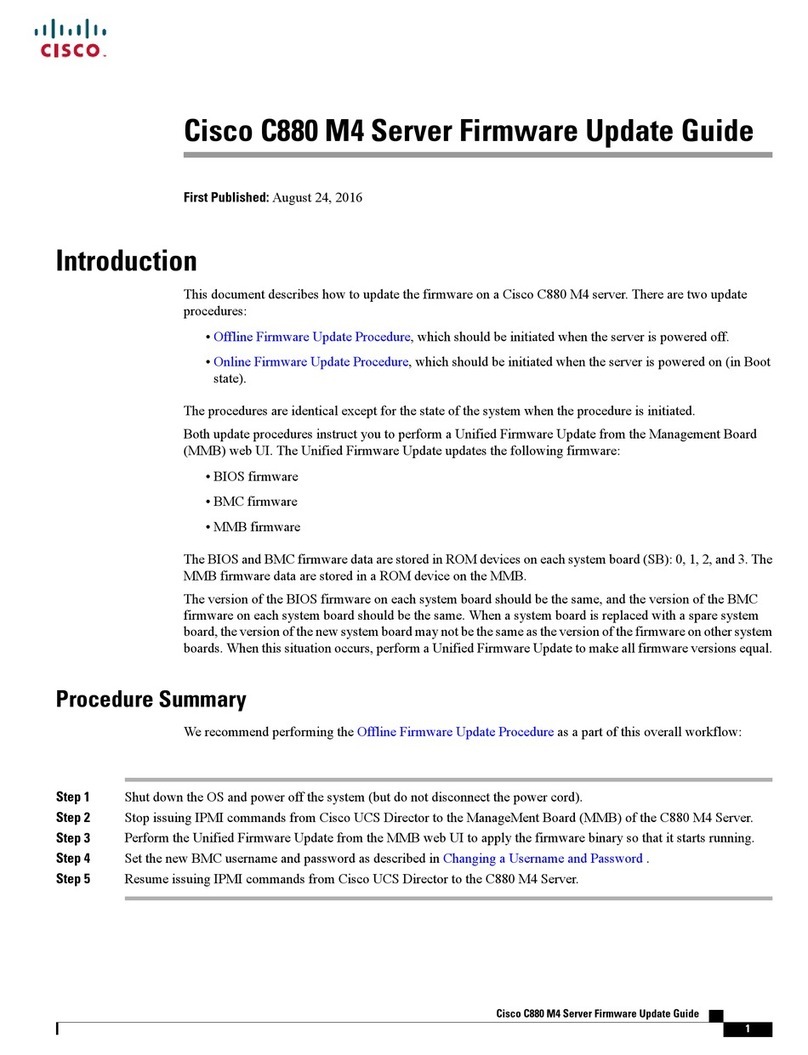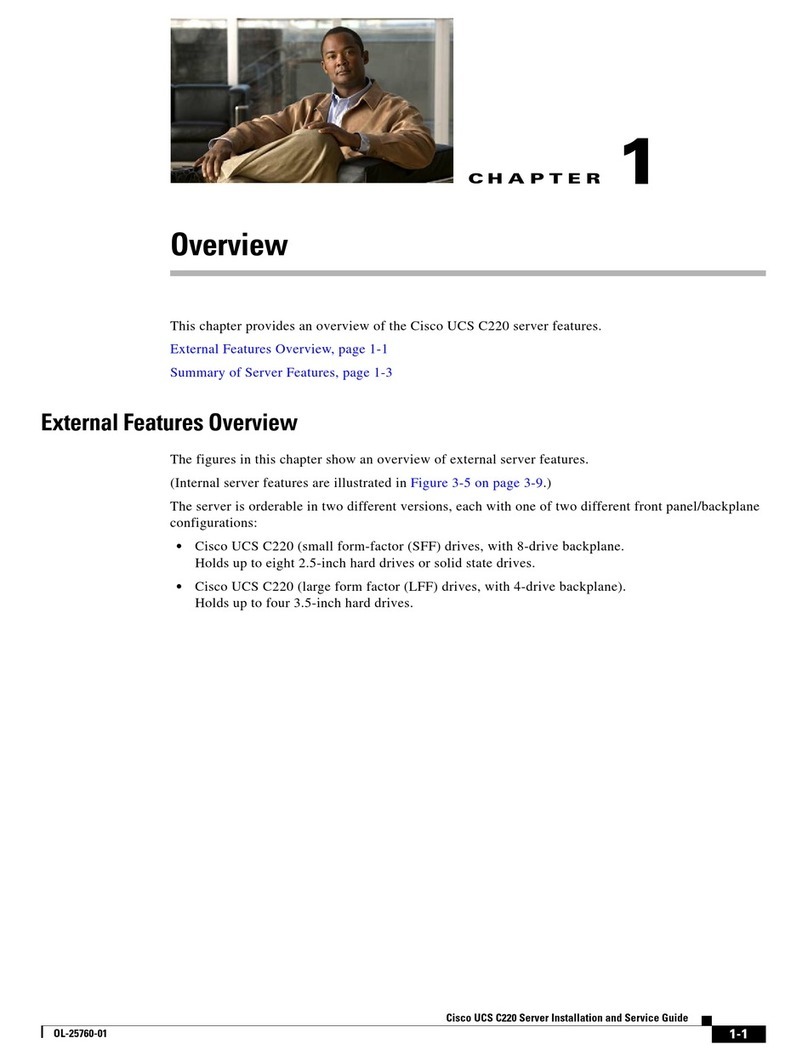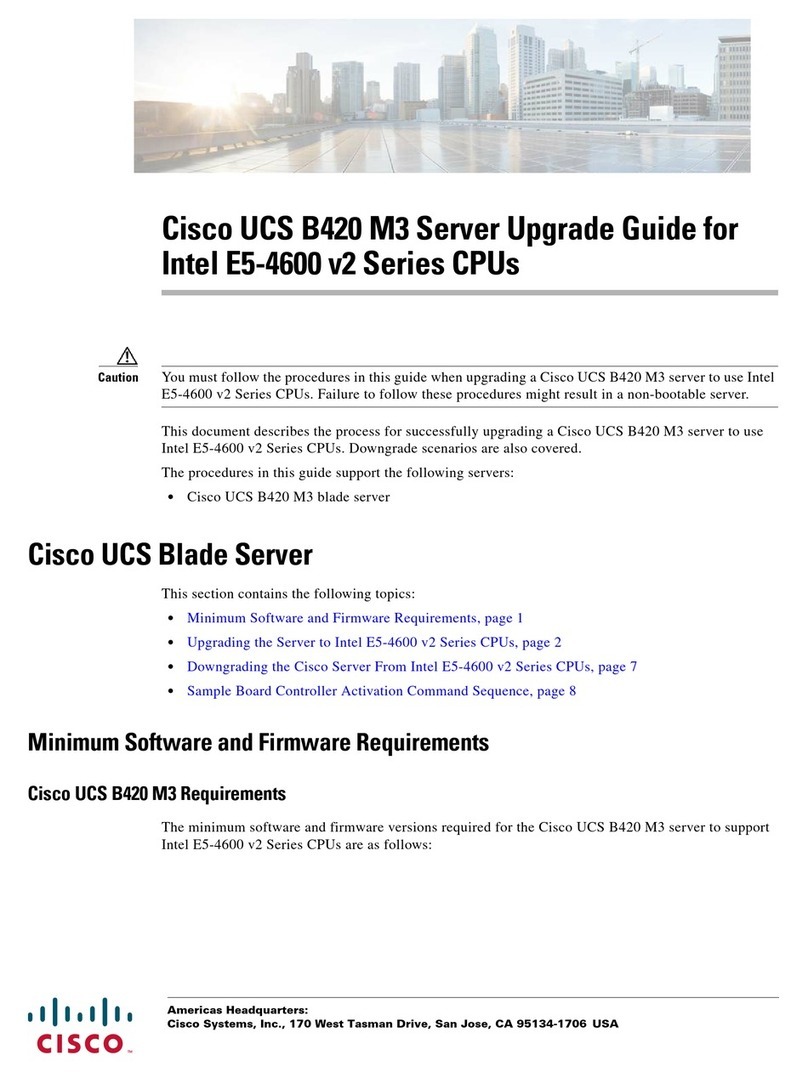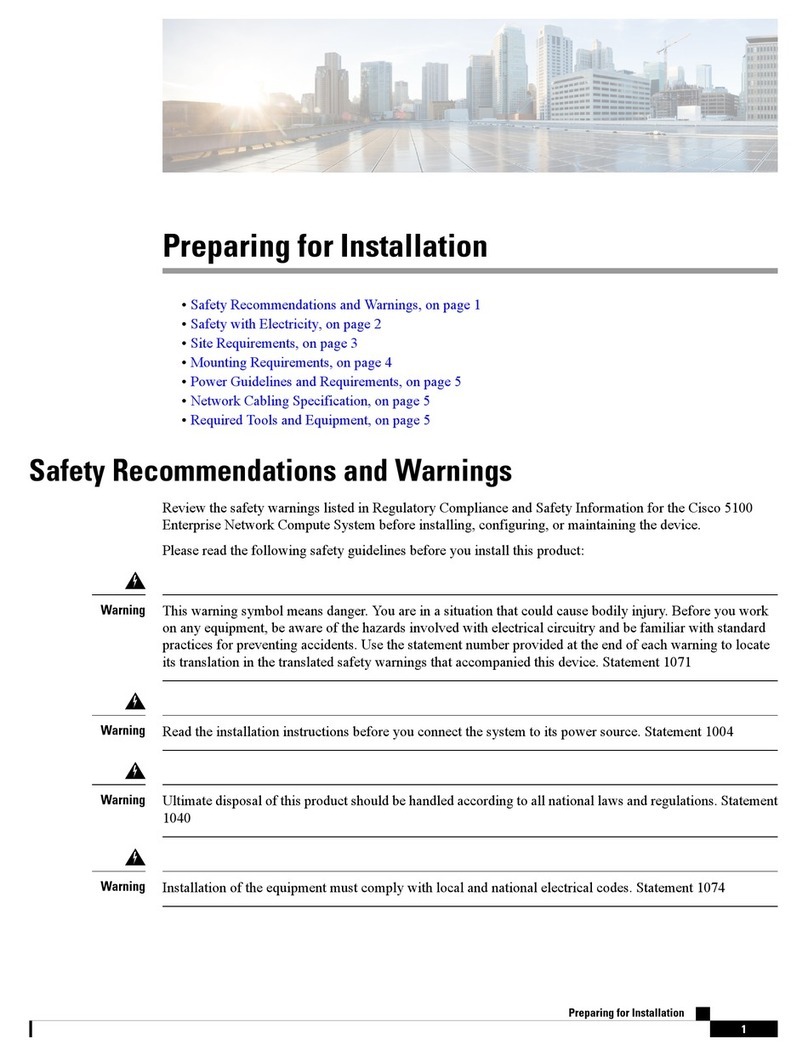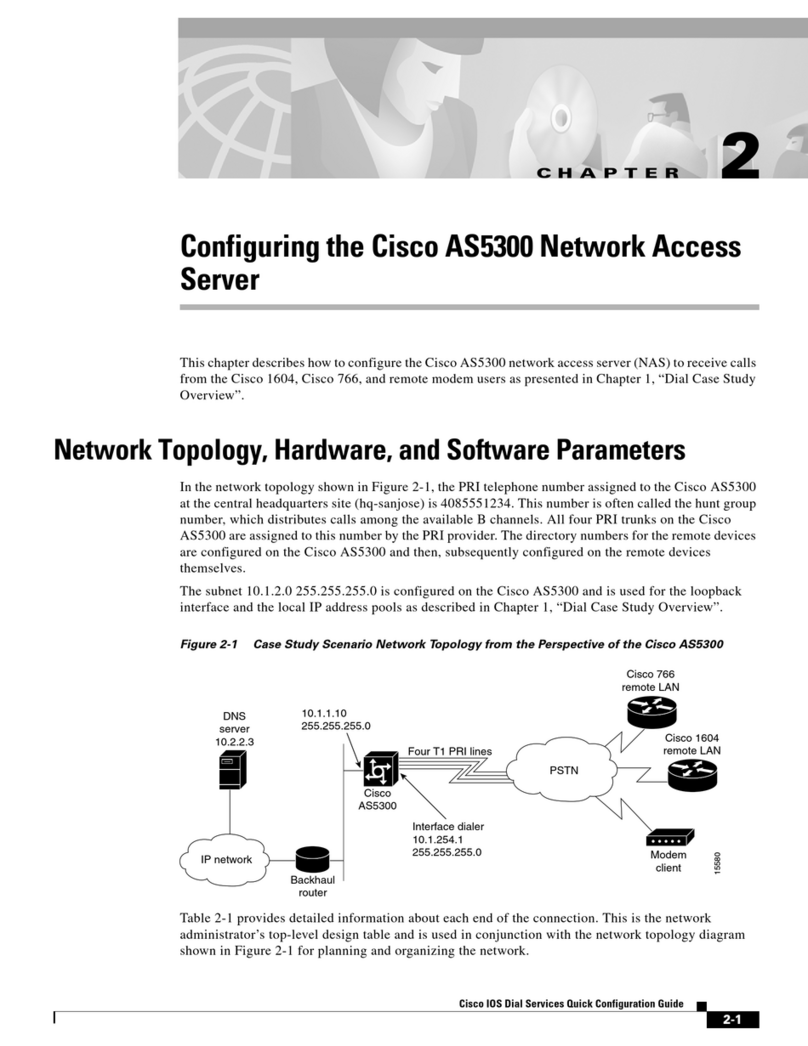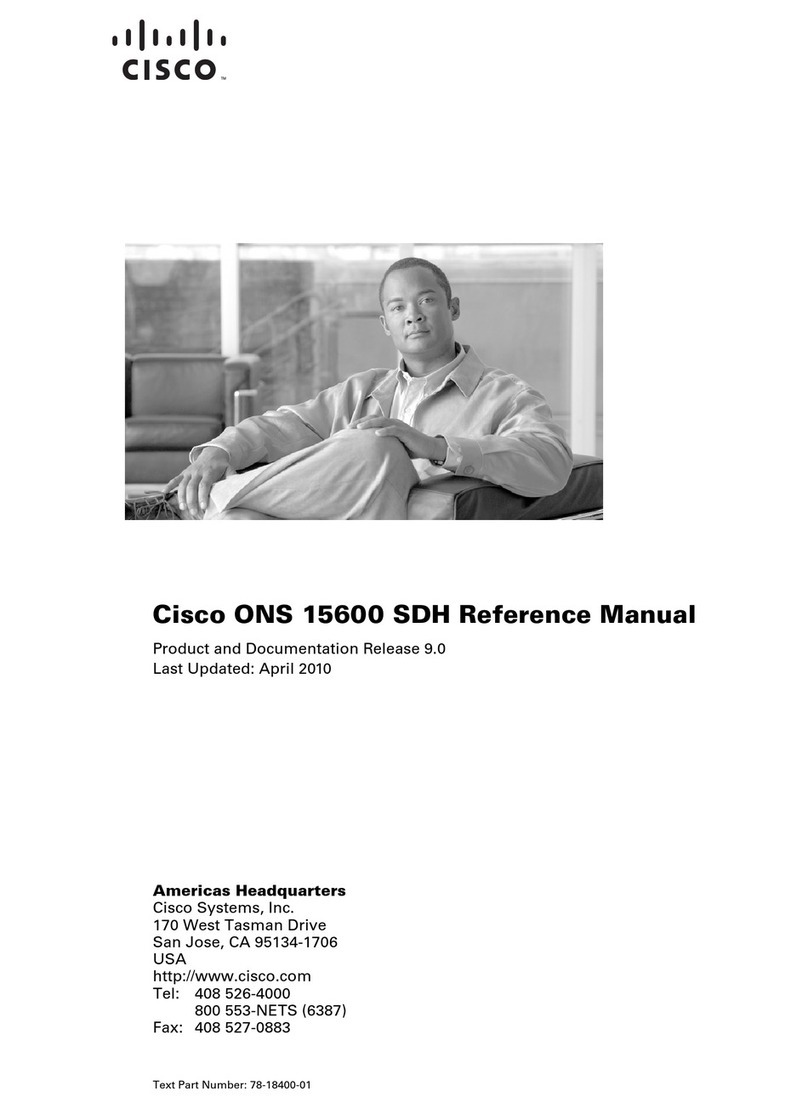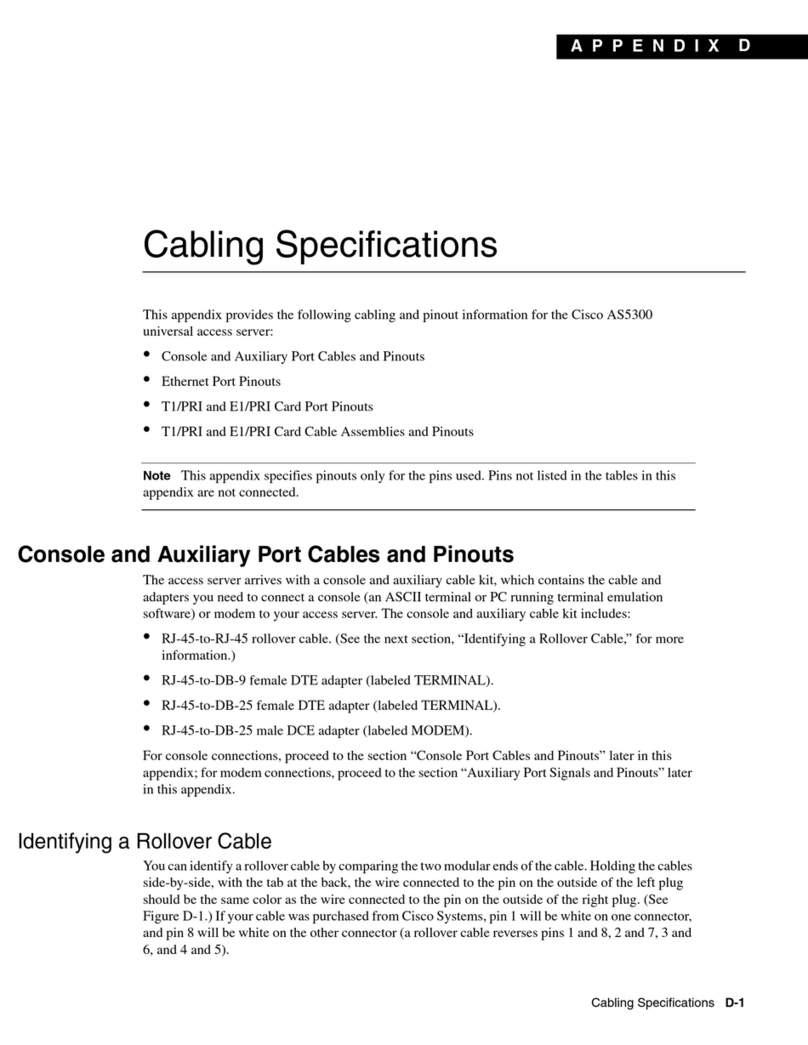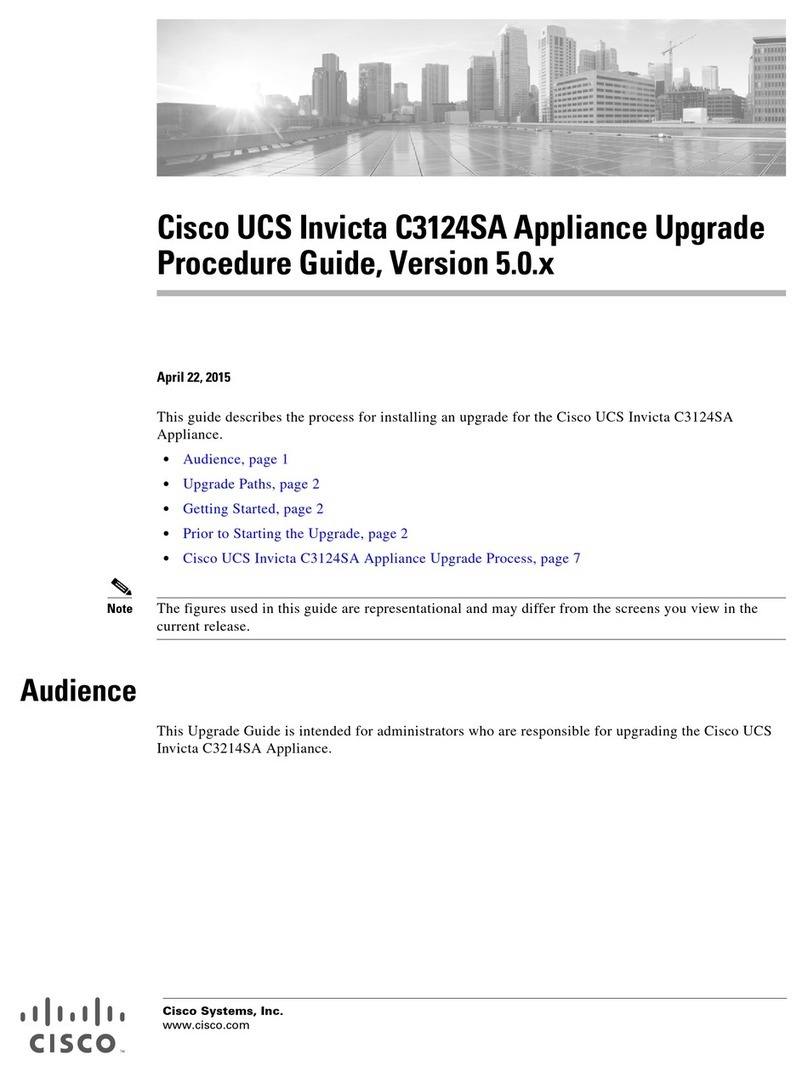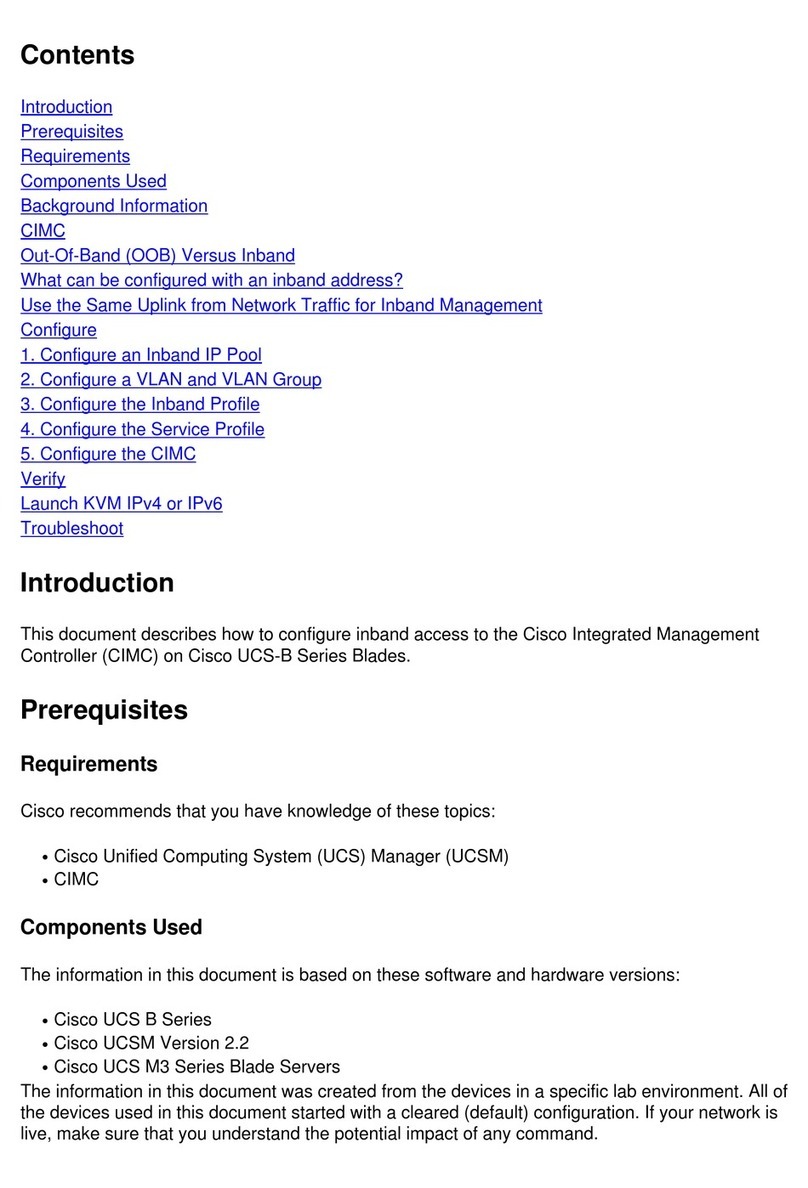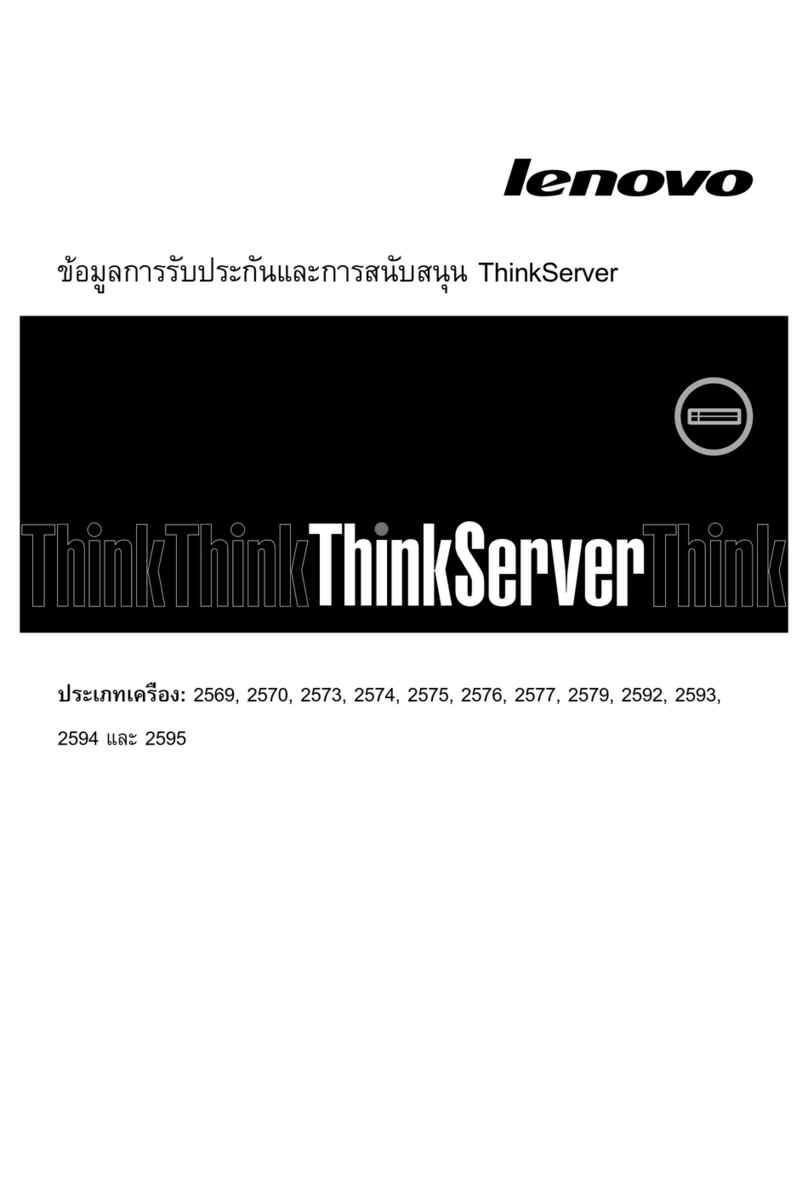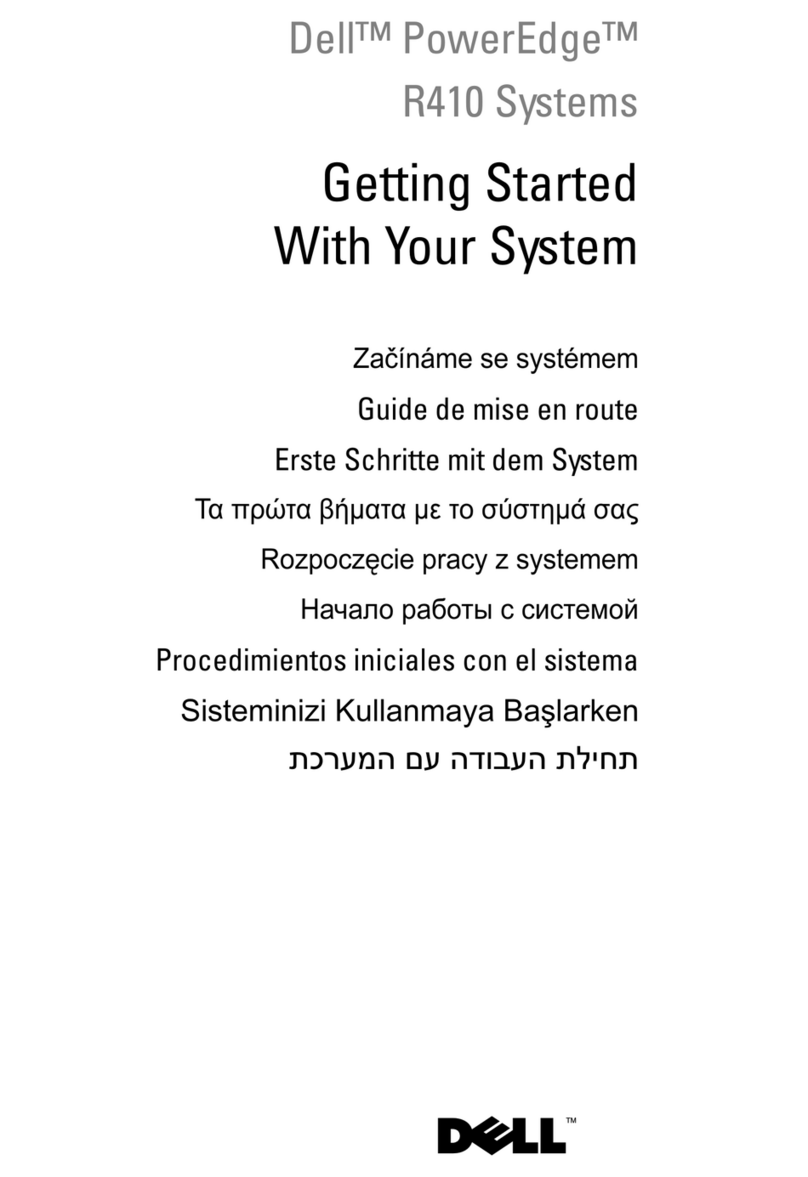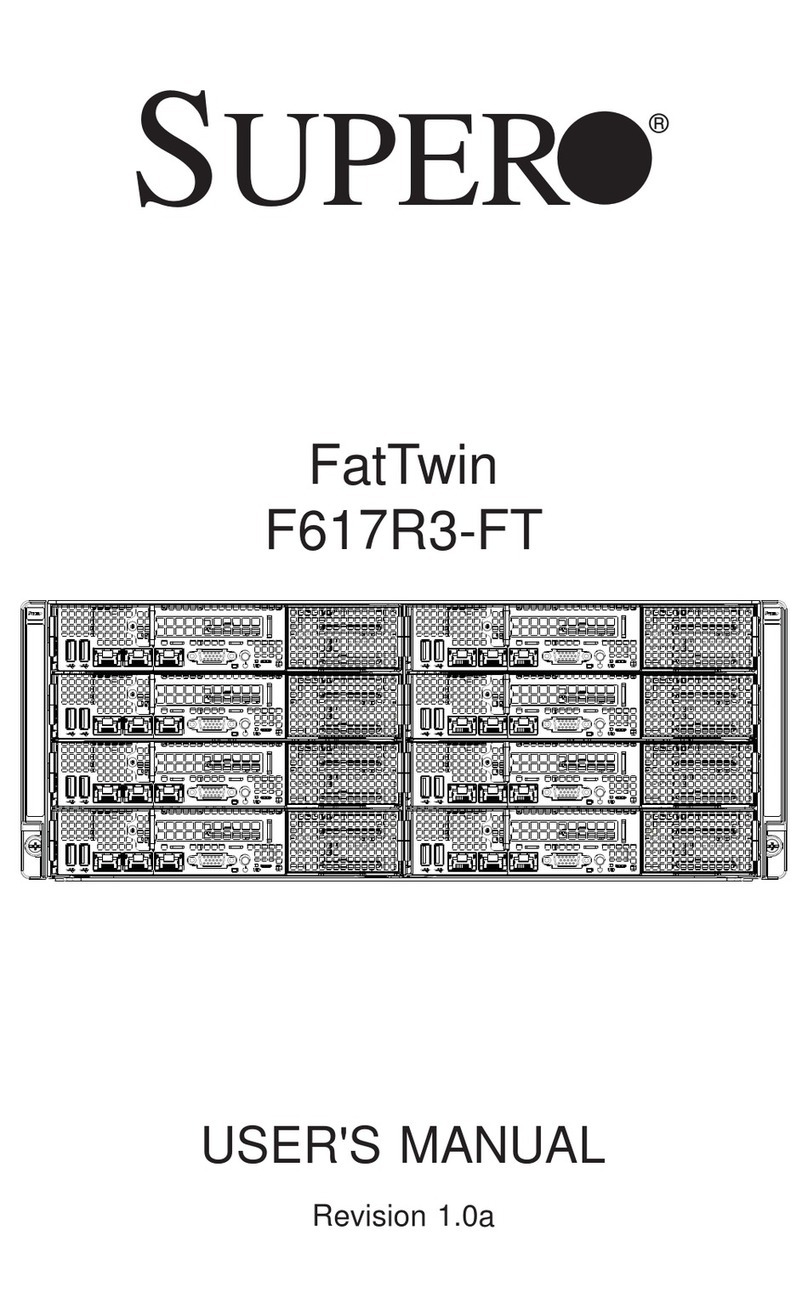
System status
Cisco TelePresence Server Product User Guide Page 9 of 151
Field Field description Usage tips
Active
conferences
The number of active conferences that this
TelePresence Server is controlling.
If this is the Conference controller, then this
is the number of active conferences across
all managed TelePresence Servers. A
TelePresence Server that is not the
Conference controller will show 0 here.
For more information, see Understanding the
Conference controller.
Active
endpoints
The number of endpoints (of all types) that
are in active conferences controlled by this
TelePresence Server.
If this is the Conference controller, then this
is the number of endpoints in active
conferences across all managed
TelePresence Servers. A TelePresence
Server that is not the Conference controller
will show 0 here.
For more information, see Understanding the
Conference controller.
Video ports The number of video ports in use. The
second number is the maximum on this
TelePresence Server.
If this is the Conference controller, the
numbers are those across all managed
TelePresence Servers controlled by this
TelePresence Server. A TelePresence
Server that is not the Conference controller
will show 0 here.
For more information, see Understanding the
Conference controller and Content channel
video support.
Audio ports The number of audio-only ports in use. The
second number is the maximum on this
TelePresence Server.
Content ports The number of content channel ports in use.
The second number is the maximum on this
TelePresence Server.
Field Field description Usage tips
The system log displays the most recent
shutdown and upgrade events, with the
most recent shown first.
The log will display "unknown" if there has
been an unexpected reboot or power failure.
If this occurs frequently, report the issues to
customer support.
System log
Field Field description Usage tips
Diagnostic
information
Diagnostic files are provided in .zip archive
format that contain a text document. To
download a diagnostic file, click Download
file.
Diagnostic information is provided to aid in
troubleshooting problems that may occur
with the TelePresence Server.
In the event of an issue with the
TelePresence Server, the support team may
ask you for these diagnostic files.
Network
capture file
To download a network capture, click
Download file.
The network capture file is only available on
the master blade in a TelePresence Server
cluster.
System logs To download the logs, click Download file. An archive containing several useful log files.
Diagnostic information
